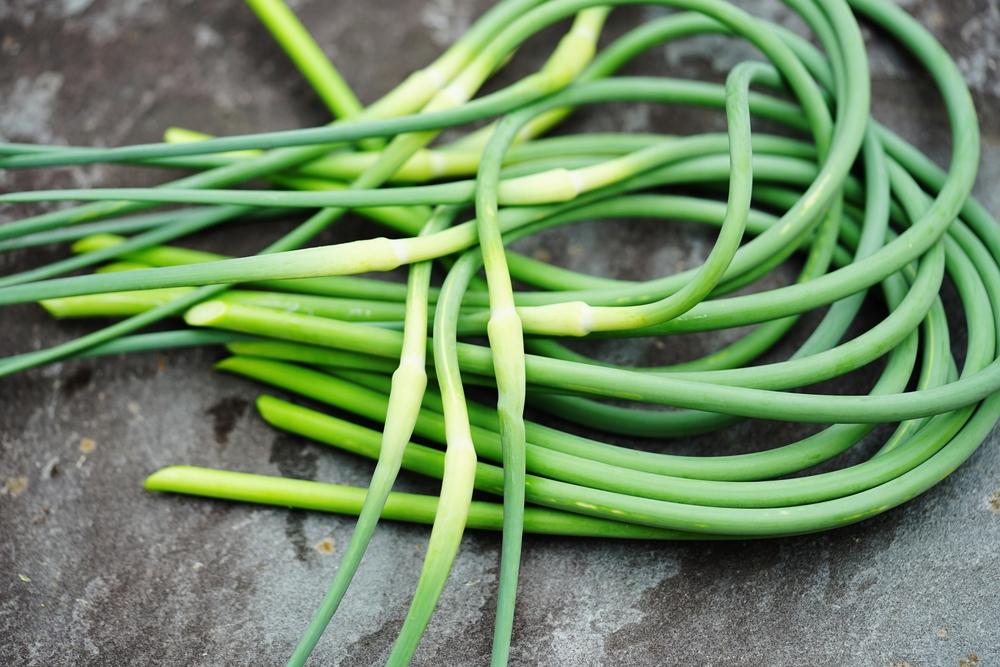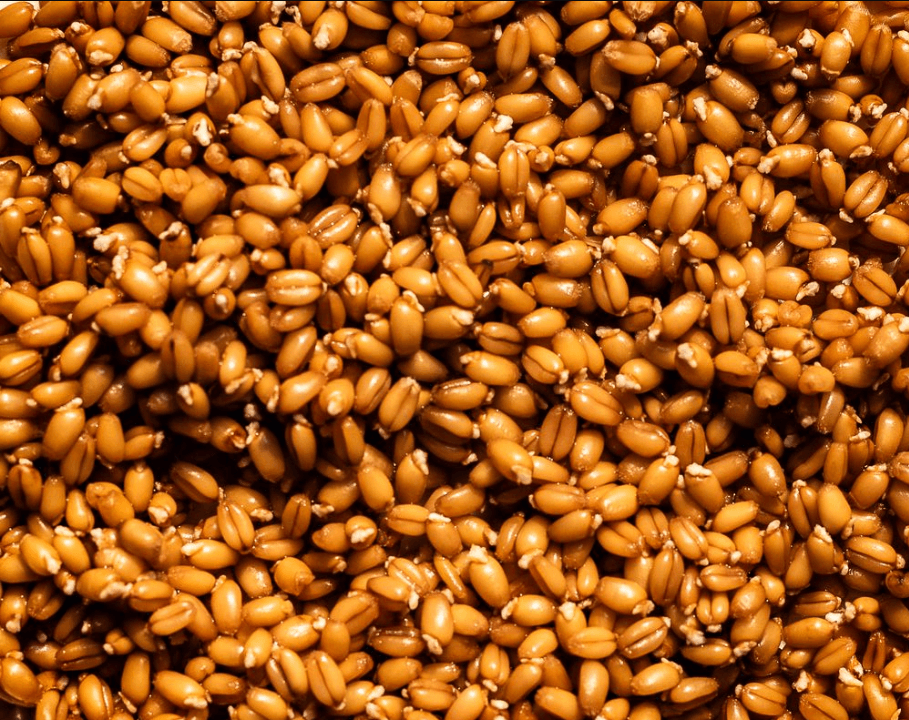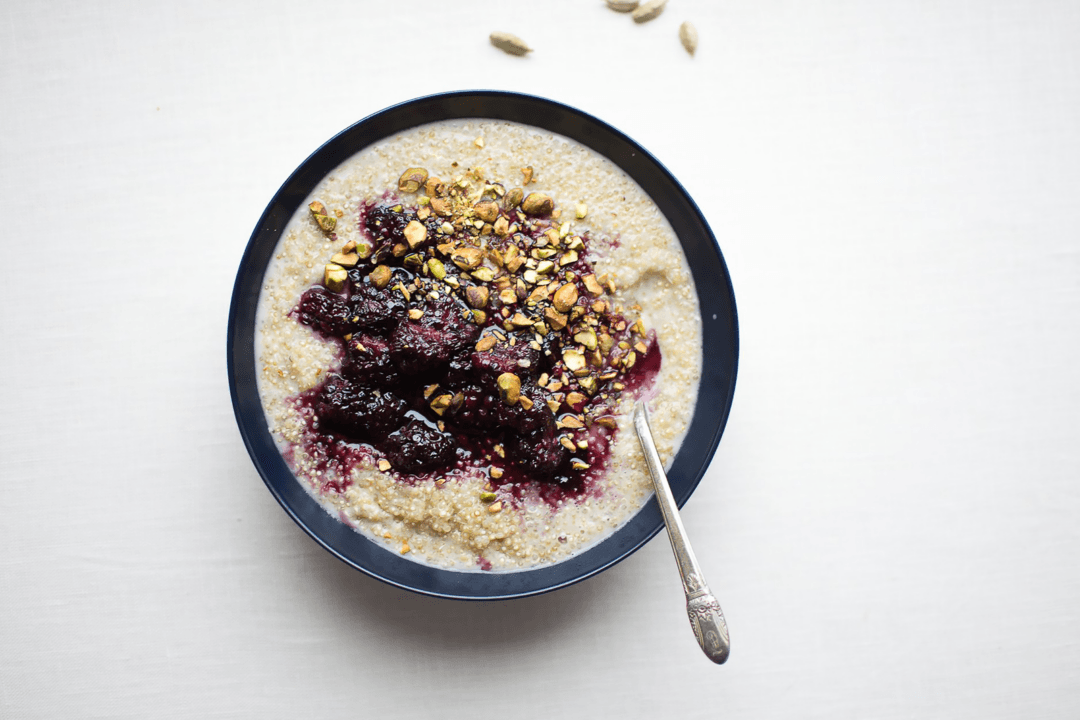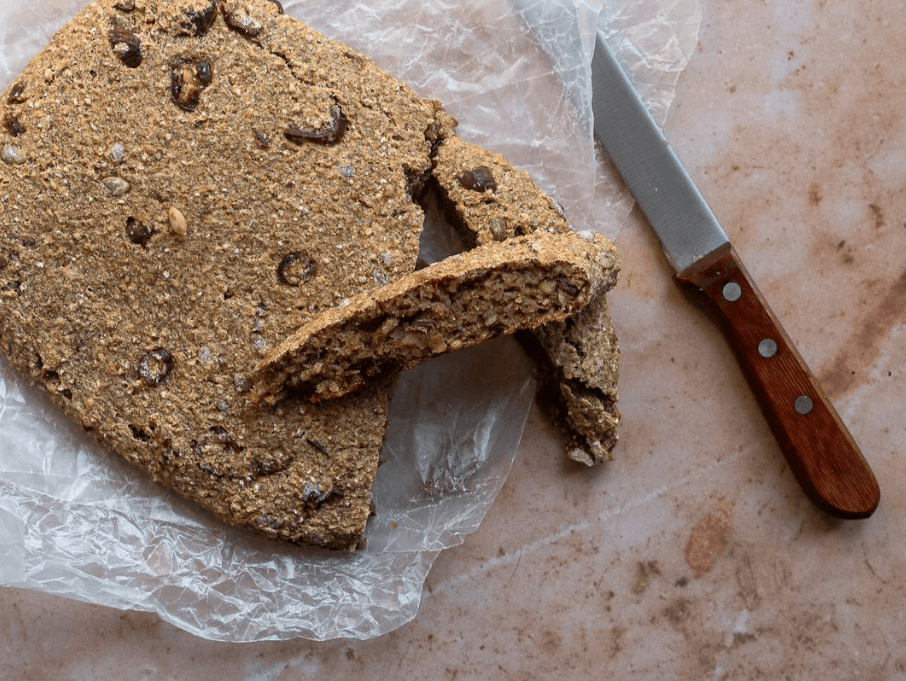In late spring, an enchanting botanical curiosity captures the attention of experienced gardeners and enthusiastic cooks alike. Slender green stalks emerge from the garlic bed, rocketing toward the sky in serpentine curls before forming a wedge-shaped, tapered bud. Known as a scape, it’s the bud of the hard-neck garlic plant, and its season lasts only a few short weeks. If you’re not paying attention, you might just miss it.
Traditionally, growers sow garlic in the fall, just as soon as summer’s heat gives way to autumn’s chill. The plant needs the cold, just as tulips, daffodils, and other spring-blooming bulbs do. Under a blanket of dank winter soil, garlic awakens from its dormancy. During the cold weather, it sets down spindly white roots. When spring arrives, the increased light, warmth, and rainfall tell the plant it’s time to sprout.





